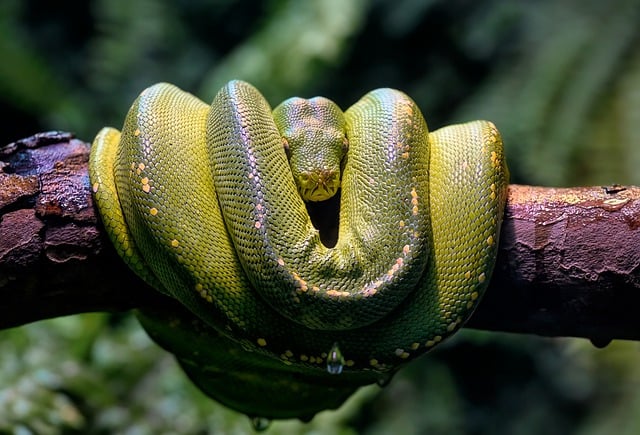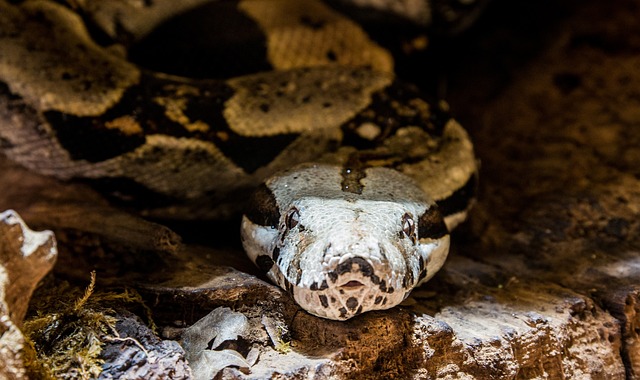 16 May
16 MayExploring the World’s Largest Snake Anaconda: Facts and Myths
Introduction
The fascination with giant snakes has captured the imagination of people worldwide, from legends of colossal serpents to the awe-inspiring reality of the world’s largest snakes. Understanding these majestic creatures is essential for appreciating their ecological significance and dispelling myths that surround them. In this article we delve deep into the realm of giant snakes, focusing on the two renowned species: the anaconda and the reticulated python.
The Anaconda: Queen of the Amazon
The anaconda, a true giant of the Amazon rainforest, boasts impressive physical characteristics that command respect. With lengths reaching up to 30 feet and weighing over 500 pounds, these massive snakes strike fear in the hearts of many. Their habitat spans the lush waters of the Amazon basin, where they lurk in swamps and rivers, patiently waiting for unsuspecting prey. Capable of consuming large animals like deer and caimans, the anaconda’s hunting behavior and feeding habits are a testament to their dominance in their environment.

The Reticulated Python: Giant of Southeast Asia
In the jungles of Southeast Asia, the reticulated python reigns supreme as one of the largest snake species in the world. Known for their intricate patterns and elusive nature, these snakes play a crucial role in maintaining the delicate balance of their ecosystems. However, human activities such as habitat destruction and illegal trade pose significant threats to the survival of these majestic creatures. Conservation efforts are crucial to safeguarding the future of the reticulated python and its habitat.

The Green Anaconda vs the Reticulated Python: A Comparative Analysis
When comparing the green anaconda and the reticulated python, size is a distinguishing factor, with the former claiming the title of the largest snake in the world based on weight and girth. Despite their differences, both species exhibit unique behaviors and adaptations that enable them to thrive in their respective environments. From aquatic prowess to cryptic camouflage, the green anaconda and the reticulated python play vital roles in shaping the ecosystems they inhabit.
Myths and Misconceptions about the Largest Snakes
Common misconceptions about giant snakes perpetuate fear and misunderstanding among the public. From exaggerated accounts of snake attacks to folklore and cultural beliefs that demonize these creatures, separating fact from fiction is essential. By debunking myths and shedding light on the true nature of giant snakes, we can foster a deeper appreciation for these remarkable animals and dispel unfounded fears.
Conclusion
In conclusion, exploring the world’s largest snakes reveals a world of wonder and complexity that warrants our attention and respect. By understanding the facts and myths surrounding these magnificent creatures, we can promote conservation efforts that ensure their continued existence in the wild. Let us cherish the awe-inspiring beauty of giant snakes and strive to protect their habitats for future generations to enjoy.
FAQs
* How can I differentiate between a green anaconda and a reticulated python?
* Are giant snakes dangerous to humans?
* What measures are being taken to protect the largest snakes in the world?



